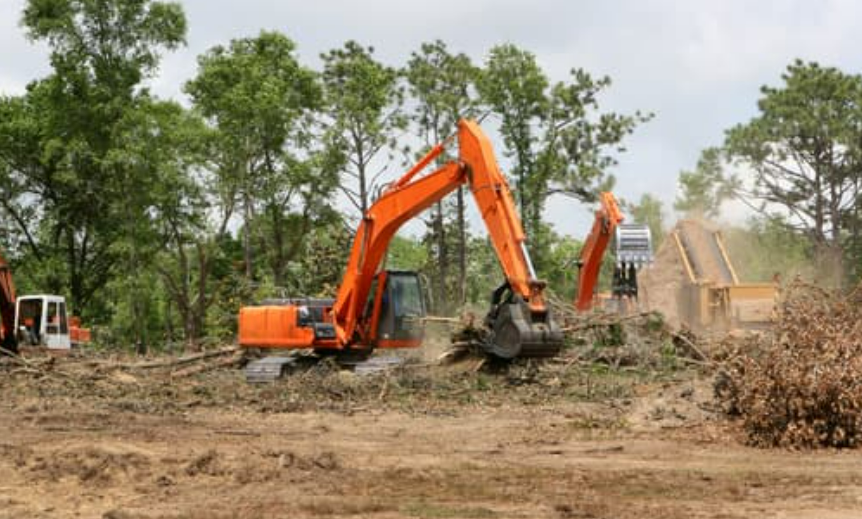Land clearing is a crucial step in the development and management of land for various purposes, including agriculture, construction, infrastructure development, and natural resource management. Land clearing services play a vital role in preparing sites for development, improving accessibility, promoting safety, and enhancing environmental sustainability. In this blog, we’ll delve into the importance of land-clearing services and how they contribute to the efficient and responsible use of land resources.
Preparation for Development:
Land clearing services are essential for preparing sites for development, whether it’s for residential, commercial, or industrial purposes. Clearing vegetation, debris, and obstacles from the site creates a clean and level surface for construction activities, allowing builders and developers to proceed with excavation, grading, and building with minimal disruption. By clearing the land efficiently and effectively, land-clearing services facilitate the timely completion of development projects and ensure that construction proceeds according to schedule.
Enhancing Accessibility and Infrastructure:
Clearing land for roads, highways, utilities, and other infrastructure projects is essential for improving accessibility and connectivity in urban and rural areas. Land clearing services help create corridors and right-of-ways for transportation networks, utility lines, and other critical infrastructure, enabling safe and efficient movement of people, goods, and services. By opening up access to previously inaccessible areas, land-clearing services promote economic development, tourism, and social connectivity.
Mitigating Fire Hazards:
Overgrown vegetation and debris pose significant fire hazards, particularly in wildfire-prone regions. Land clearing services help reduce fuel loads and create defensible space around structures, roads, and communities, minimizing the risk of wildfires spreading and causing damage to property and natural resources. By strategically clearing vegetation and implementing fire-resistant landscaping practices, land-clearing services contribute to fire prevention and public safety in at-risk areas.
Improving Agricultural Productivity:
In agriculture, land clearing services are essential for expanding cultivated areas, reclaiming marginal land, and optimizing land use efficiency. Clearing land of trees, shrubs, and other vegetation allows farmers and ranchers to increase crop yields, establish pastureland for livestock grazing, and implement sustainable land management practices.

By clearing land for agriculture, land clearing services support food production, economic growth, and rural livelihoods, helping to meet the growing demand for food and fiber worldwide.
Protecting Natural Resources and Ecosystems:
While land clearing is often associated with development and human activities, responsible land clearing practices can also benefit natural resources and ecosystems. Proper planning and implementation of land clearing projects can help minimize habitat destruction, preserve biodiversity, and protect sensitive ecosystems from degradation. Land clearing services can incorporate measures such as erosion control, revegetation, and habitat restoration to mitigate environmental impacts and promote ecological resilience.
Final Words
Land clearing services are essential for preparing land for development, enhancing accessibility, promoting safety, and protecting natural resources and ecosystems. Whether it’s clearing land for construction, infrastructure, agriculture, fire prevention, or conservation, land clearing services play a vital role in shaping the landscape and supporting sustainable land use practices. By combining expertise, innovation, and environmental stewardship, land clearing services contribute to the responsible management and utilization of land resources for the benefit of present and future generations.








